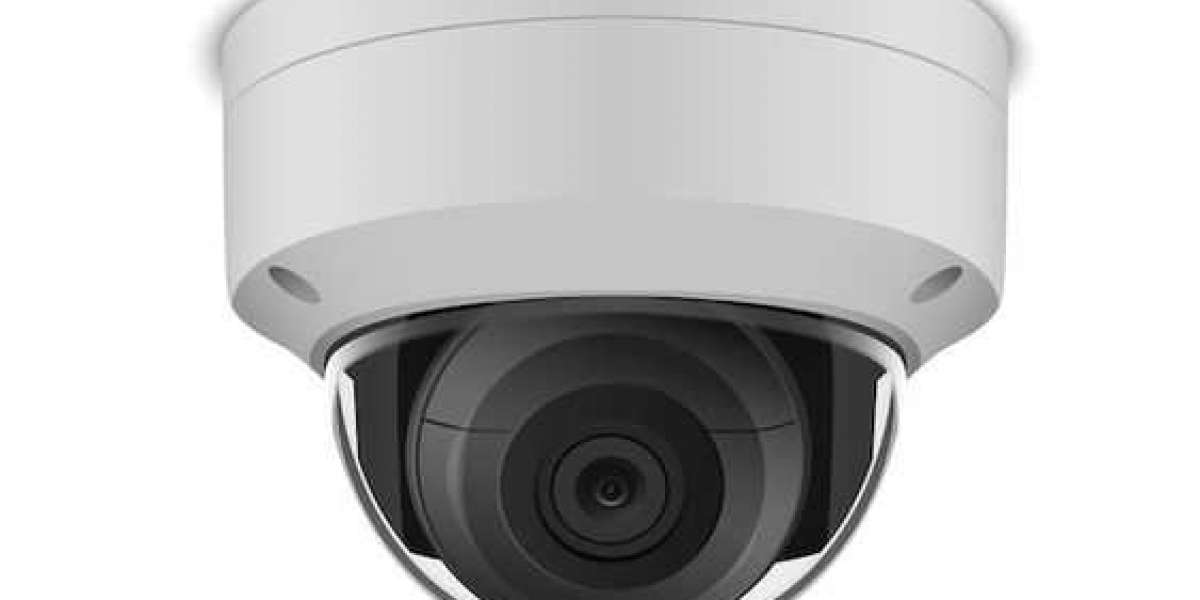Home Surveillance Cameras: Enhancing Security and Peace of Mind
In an era where personal safety and security are paramount, home surveillance cameras have emerged as essential tools for homeowners looking to protect their properties and loved ones. These systems provide real-time monitoring, deter criminal activity, and offer peace of mind, making them increasingly popular among households worldwide.
The Importance of Home Surveillance Cameras
Home surveillance cameras serve several critical functions that contribute to enhanced security:
Deterrence of Crime: The mere presence of surveillance cameras can deter potential intruders. Studies have shown that homes with visible security systems are less likely to be targeted by burglars, as they are perceived as higher-risk targets.
Real-Time Monitoring: Modern home surveillance systems allow homeowners to monitor their properties in real time. With the aid of smartphones and tablets, users can access live video feeds from anywhere in the world, providing the ability to keep an eye on their homes while away.
Evidence Collection: In the unfortunate event of a crime, home surveillance cameras can provide crucial evidence. Recorded footage can be invaluable for law enforcement investigations and can assist in identifying suspects and validating claims.
Remote Access and Alerts: Many home surveillance systems come equipped with motion detection features that send alerts to homeowners’ smartphones. This allows users to respond quickly to unusual activities and take necessary precautions.
Peace of Mind: Knowing that a home is under constant surveillance gives homeowners peace of mind, especially when they are away. Families can rest easy, knowing they have taken steps to secure their living spaces.
Types of Home Surveillance Cameras
Homeowners can choose from a variety of surveillance camera types, each offering unique features suited for different needs:
Indoor Cameras: These cameras are designed for monitoring the interior of the home. They can be placed in common areas, such as living rooms or entryways, and are often equipped with features like two-way audio and night vision.
Outdoor Cameras: Outdoor surveillance cameras are built to withstand various weather conditions. They typically have higher durability ratings and may feature additional security measures, such as motion detection and night vision capabilities.
Wireless Cameras: Wireless home surveillance cameras eliminate the need for extensive wiring, allowing for easy installation and flexibility in camera placement. They connect to the home’s Wi-Fi network, enabling remote access via mobile apps.
Wired Cameras: Traditional wired cameras offer stable connections and may provide higher video quality. They require professional installation and may be better suited for larger homes or more complex security needs.
PTZ Cameras: Pan-tilt-zoom (PTZ) cameras can be remotely controlled to pan left and right, tilt up and down, and zoom in on specific areas. This versatility allows homeowners to monitor larger areas with a single camera.
Smart Cameras: Many modern surveillance cameras incorporate smart technology, allowing for features like facial recognition, object detection, and integration with smart home systems. These cameras can enhance security by providing detailed analytics and alerts.
Key Features to Look For
When choosing home surveillance cameras, homeowners should consider several important features:
Resolution: High-definition (HD) or 4K resolution cameras provide clearer images, making it easier to identify faces and details. Higher resolution cameras may be more beneficial for critical areas, such as entry points.
Night Vision: Cameras equipped with infrared (IR) night vision capabilities can capture clear images in low-light conditions, ensuring 24/7 surveillance.
Field of View: A wider field of view allows a camera to cover more area, reducing the number of cameras needed for comprehensive coverage.
Storage Options: Home surveillance systems may offer cloud storage or local storage options (such as microSD cards). Cloud storage often provides added security but may come with subscription fees.
Mobile App Compatibility: Many home surveillance cameras offer dedicated mobile applications that allow users to view live footage, receive alerts, and manage camera settings remotely.
Two-Way Audio: This feature enables communication through the camera, allowing homeowners to speak to visitors or intruders directly.
Installation and Maintenance
Installing home surveillance cameras can be a straightforward process, especially with wireless models. Homeowners can follow the manufacturer’s instructions or hire professionals for a more complex installation.
Once installed, regular maintenance is essential to ensure optimal performance. This includes:
Updating Firmware: Keeping camera software up-to-date is vital for security and performance. Manufacturers often release updates to enhance features and address vulnerabilities.
Cleaning Lenses: Regularly cleaning camera lenses ensures clear video quality. Dust and grime can obstruct the view and reduce image clarity.
Testing Systems: Periodic testing of the surveillance system, including checking camera angles and connectivity, helps identify potential issues before they become significant problems.
Privacy Considerations
While home surveillance cameras enhance security, they also raise privacy concerns. Homeowners should be aware of legal regulations regarding surveillance and ensure that cameras are placed in a manner that respects the privacy of neighbors and guests.
To maintain privacy, homeowners can:
- Avoid pointing cameras at neighboring properties or public areas where individuals may have a reasonable expectation of privacy.
- Inform guests about the presence of cameras in the home, fostering transparency and trust.
Conclusion
Home surveillance cameras play a vital role in enhancing the security and safety of residential properties. By deterring crime, providing real-time monitoring, and offering valuable evidence, these systems give homeowners peace of mind. With various types of cameras and features available, individuals can choose the right solution to meet their unique security needs. As technology continues to evolve, home surveillance systems will likely become even more advanced, integrating seamlessly with smart home technology to create comprehensive security solutions for the modern household.







